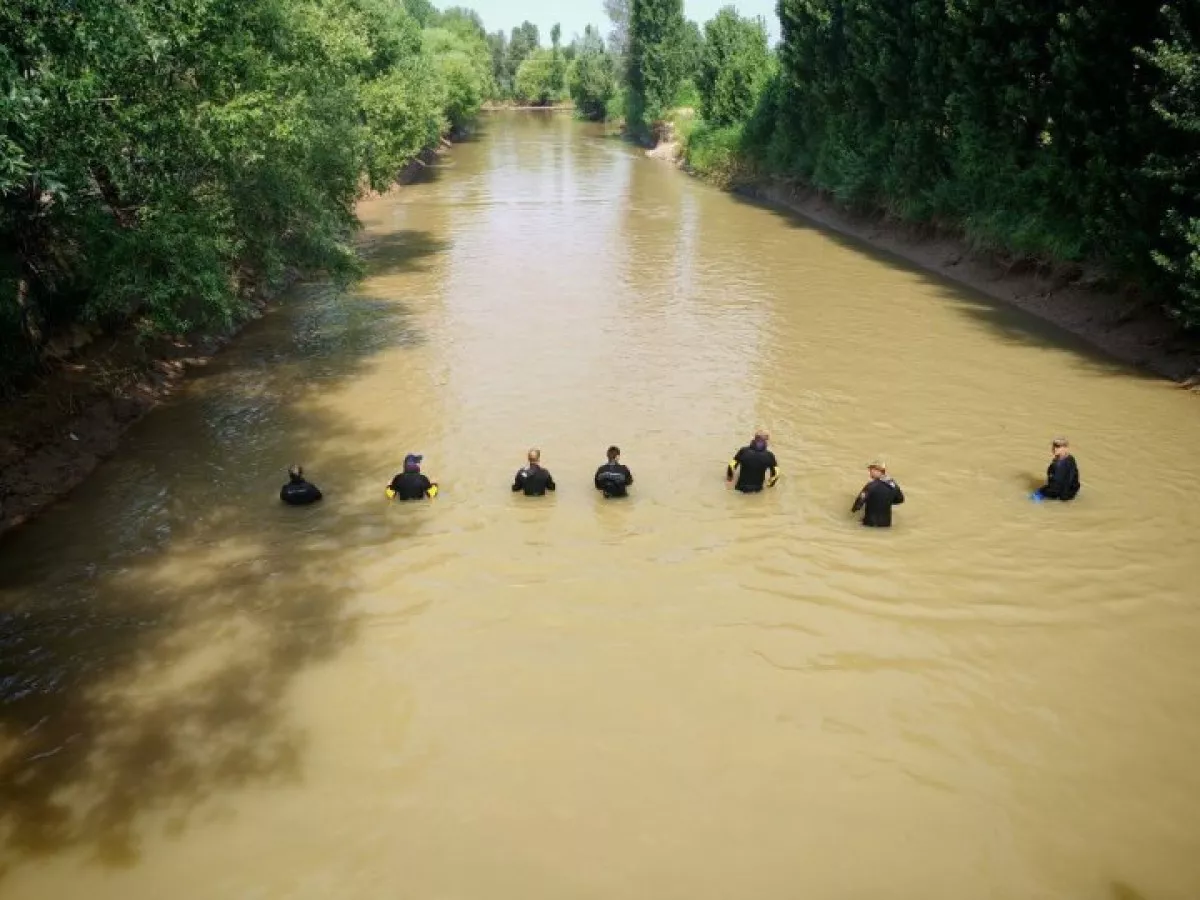
The search and rescue operations for the teenager who went missing in the waters of the Northern Fergana Canal have been ongoing for the fifth day in the Namangan region. This was reported by Upl.uz.
The tragic incident that occurred on July 23, Wednesday, has affected the lives of two minors. According to official information, a signal regarding the incident was received at 13:48 by the duty section of the Namangan district.
Two middle-aged children went underwater while swimming in a technological water reservoir near the village council without adult supervision. This area is officially prohibited for swimming and is not adapted for safe recreation, as local authorities and agencies continuously warn.
A special group was quickly formed to carry out the search operations. The group includes professional divers and rescuers from the Namangan, Chust, and Pap districts, as well as specialists from the regional fire and rescue unit.
The operation is continuously ongoing, checking the canal bed with surface and underwater equipment. Factors complicating the search operations include strong currents and low visibility.
The efforts of the rescuers yielded partial results on July 25, Friday. Two days after the search began, the body of one teenager was found and retrieved from the water.
The fate of the second child, born in 2009, remains unknown. Search operations are fully continuing on the morning of July 28, Monday.
This incident is the latest in a series of tragedies that have recently occurred in Uzbekistan's water bodies. Earlier, the drowning of a woman and her two children due to a private boat capsizing in Karakalpakstan drew significant public attention.
The man who was operating the boat organized a family outing, but the incident ended tragically due to non-compliance with safety regulations in the water. Many water channels in Central Asia, including the Northern Fergana Canal, were built during the Soviet era primarily for irrigation and agricultural needs.
Their design is not intended for recreation or swimming. Concrete slabs, sharp changes in depth, and strong currents make such places very dangerous for swimming.
For this reason, the population is advised to exercise caution in water bodies and not to swim in officially prohibited areas.

